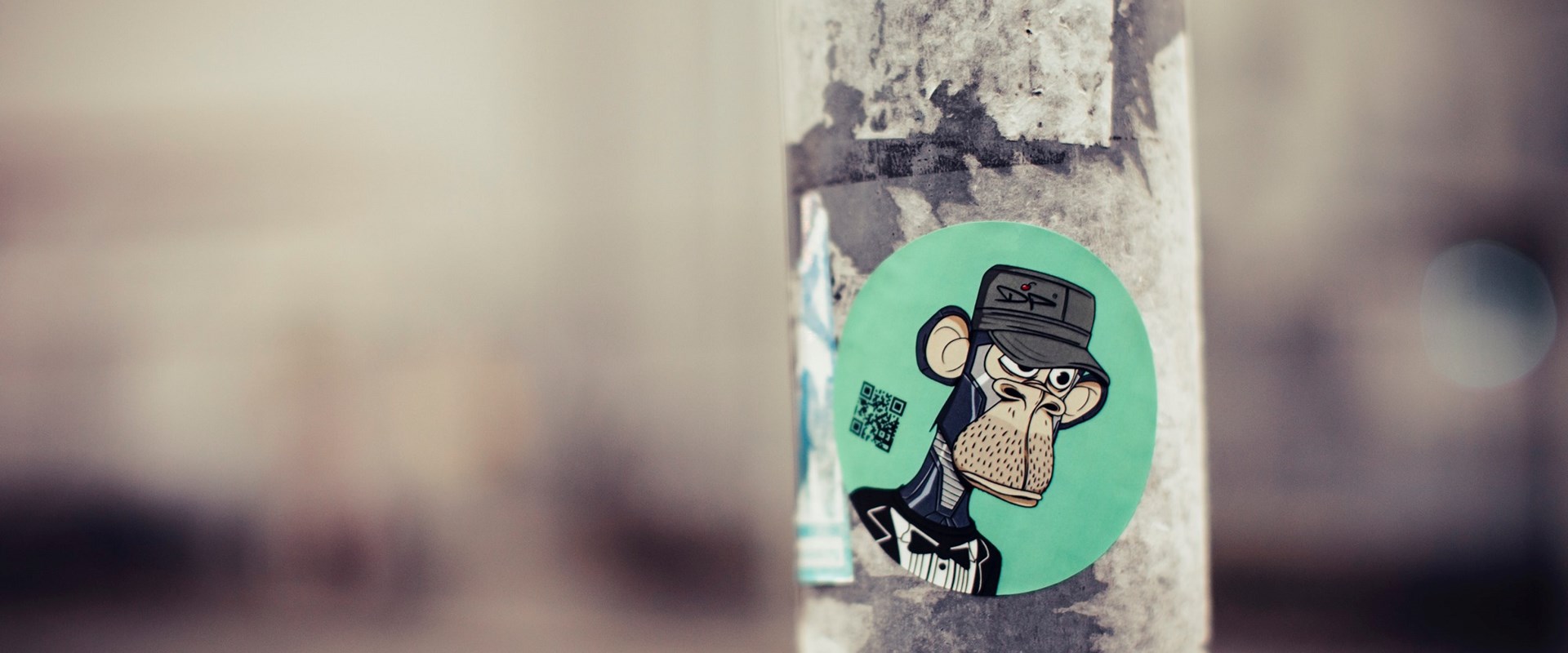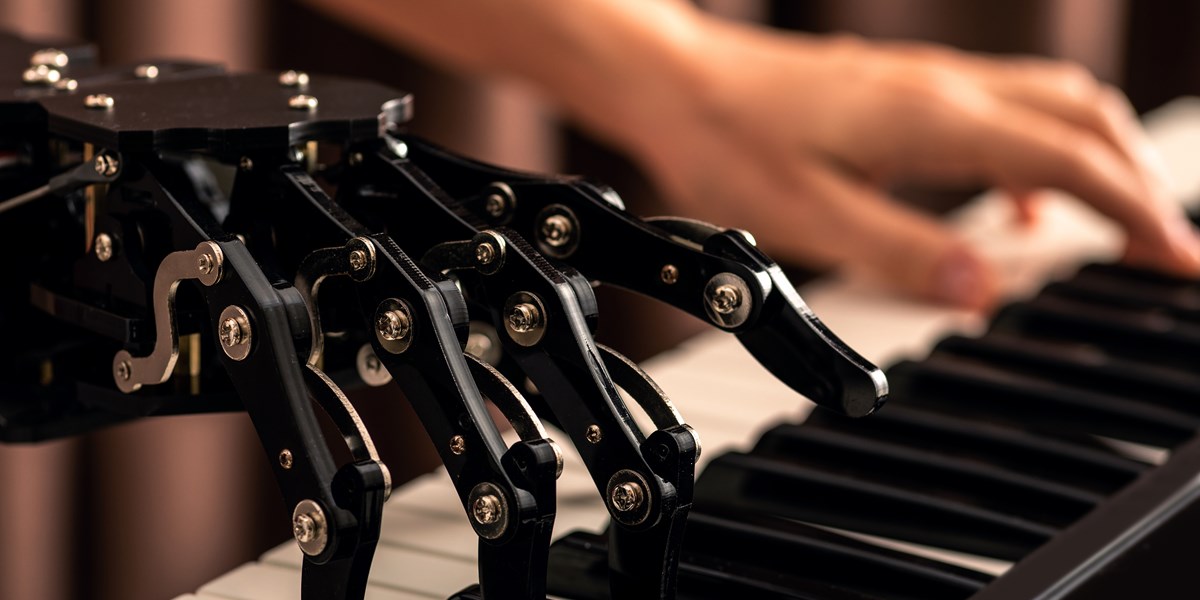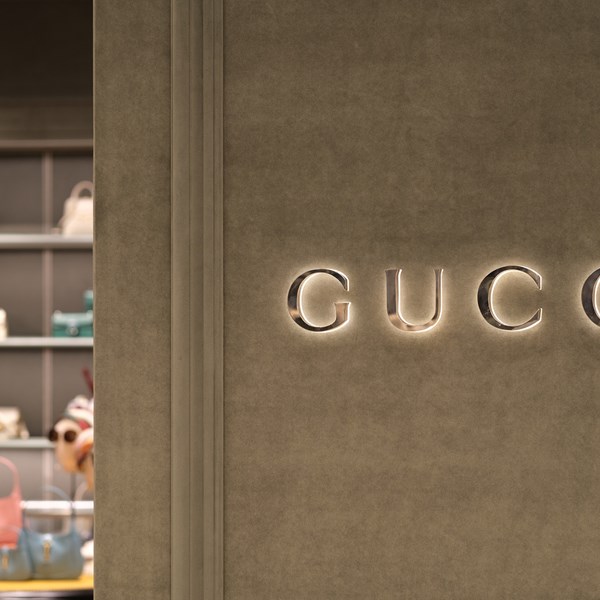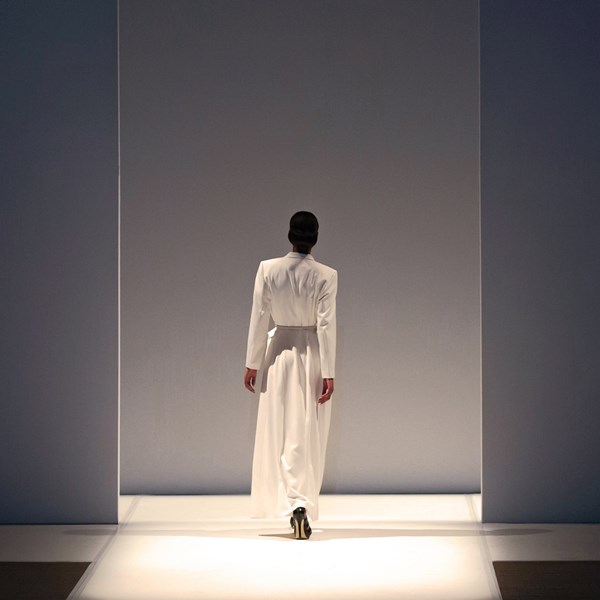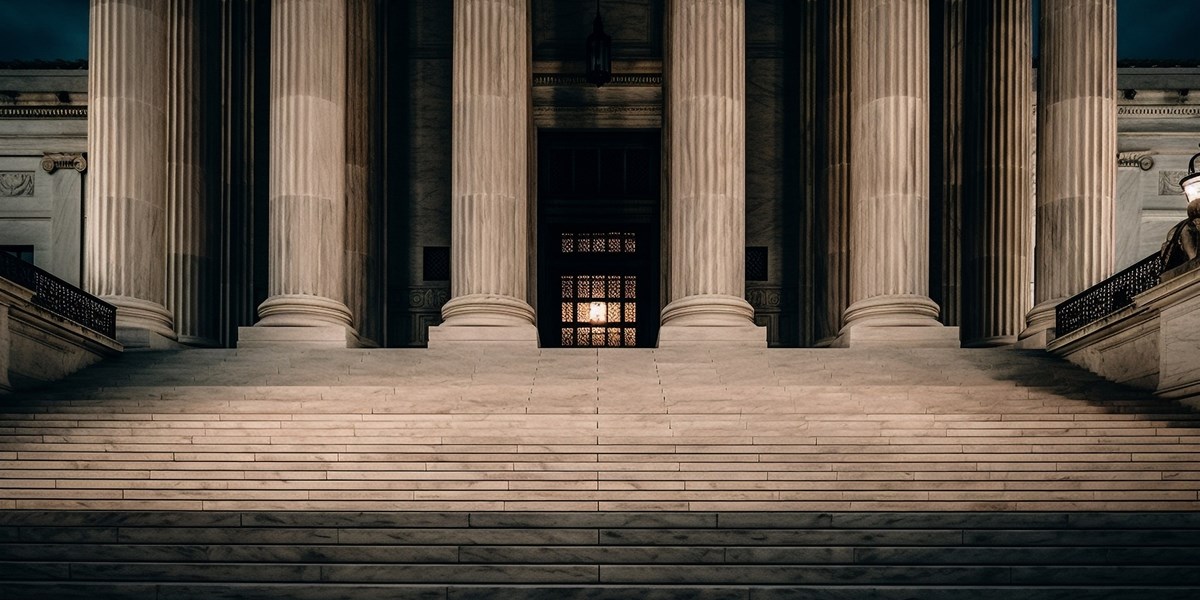In a current US copyright infringement case, the defendants, Ryder Ripps and Jeremy Cahen argue that there is no copyright in the well-known bored ape images traded as NFTs by Yuga Labs, Inc. because they were generated by an automated computer algorithm. If successful, the case would have serious implications for the NFT market but would also be of concern to producers and users of artificial intelligence (AI) systems in the creative industries generally. But are these implications and concerns limited to the US? After all, the UK copyright legislation clearly envisages the existence of copyright in “computer generated works”.
BACKGROUND
The advances in AI systems over the last few years have been immense. Unlike in the case of earlier software tools, their outputs are not heavily dependent upon human programming and once they have completed their learning process, they can, for example, produce images in the style of well-known artists that experts cannot reliably distinguish from a work created by that artist1. But are images produced through the use of AI protected by copyright and should they be? There are no definitive answers as yet and there is a worry that different countries may take very different approaches to these questions, leading to varying degrees of protection (or absence of protection) for the same work across national boundaries and consequent commercial uncertainty.
THE BORED APE LITIGATION
The claimant in the US litigation, Yuga Labs Inc., owns the Bored Ape Yacht Club, which is a collection of 10,000 Bored Ape NFTs. Following their launch in 2021, the Bored Ape NFTs quickly became highly sought-after collectables (including amongst celebrities)2, arguably elevating the works to holding a semi-iconic status. The defendants, Ripps and Cahen, do not deny that they have copied some of the images. They have, however, raised a number of defences to the claim, the most interesting of which, from the perspective of this piece, is the argument that there is no copyright in the images because they were not created by a human.
In making this argument, the defendants will doubtless rely on the stated practice of the US Copyright Office that it will not “register works produced by a machine or mere mechanical process that operates randomly or automatically without any creative input or intervention from a human author”3. The US Copyright Office Review Board confirmed the continuing relevance of this statement when it held, in its decision of February 14, 2022, that Mr. Stephen Thaler could not register an artwork in respect of which the author was stated to be Mr. Thaler’s “Creativity Machine”.
However, it remains to be seen whether the defendants’ argument will prevail in this case. As is explained in the defendants’ pleading filed in December 20224, the Bored Ape images are created by a process that begins with Yuga creating images of character traits in four “essential” categories (background, eyes, fur and mouth) and three “non-essential” categories (clothes, earring and hat). A computer algorithm then assembles Bored Ape images from these categories, selecting 10,000 images out of 1.3 billion possible permutations.
Assuming that the statement of the US Copyright Office represents US law, the question seems to be whether human involvement at the initial stage of the process constitutes sufficient creative input from a human author to support the existence of copyright protection. Or is this insufficient given that no human author has any control over the precise images ultimately created?
AI WORKS IN THE UK AND EU
As we have mentioned, UK copyright legislation (referred to here as the CDPA5) clearly envisages the existence of copyright in computer generated works. It does so in a section of the legislation (section 9(3)) that provides that the first owner of copyright in such works will be the person who made the arrangements necessary for the creation of the work.
But this does not necessarily mean that works created by AI will be protected by copyright because, in order to enjoy such protection, a work must be original and originality appears to require human input. In the UK, this input was traditionally found through the author’s exercise of skill, labour and judgement. It is now found, in the UK as well as in the EU, through the author’s making of creative choices such that the author’s personality finds expression in the work.
Unless we accept that AI systems are capable of exercising creativity in the same way as a human - which the vast majority of us surely would not - then it is difficult to see how the necessary copyright originality could exist in a work created from beginning to end by an AI system. If, furthermore, such a conclusion seems to be at odds with section 9(3) of the CDPA, it needs to be remembered that this legislation was drafted at a time when the type of AI system now available did not exist. A “computer generated work” in 1988 was, in reality, a work generated with the assistance of, not by, a computer.
A NEED FOR SPECIFIC AI LEGISLATION?
In responding to the recent UK IPO consultation on the protection of AI works6, the UK government appears to have worked on the basis that, notwithstanding the originality issue mentioned above (and raised in the consultation), “computer-generated works without a human author” do currently enjoy copyright protection7. It indicated that it could “amend, replace or remove protection in future if the evidence supports it” but concluded that, since the use of AI was still in its early stages and there was currently no evidence that the protection of such works was harmful, it was too soon to take any action8.
TAKEAWAYS
Notwithstanding the view expressed by the UK government, it seems inevitable that claims for infringement of UK copyright in works produced by AI will be met with the defence that such works lack originality and hence do not enjoy copyright protection. It remains to be seen how the UK courts will respond to such a defence and the outcome may depend upon the nature of the AI system in question.
More precisely, if human input is a prerequisite of copyright originality, then it may well be easier to find this in connection with works such as the “Bored Apes”, where the images subsequently assembled by the AI system were apparently created by humans, rather than where, say, the only human involvement is the instruction, “make me an image in the style of John Constable”. In this regard, it will be particularly interesting to see how the US court deals with the ‘no copyright’ defence in the Bored Apes litigation. Although its decision will not, of course, establish a precedent outside the US, its approach may influence the approach of the courts of other countries when faced with the same kind of issue.
FURTHER READING
- See, for example, this recent feature article in The Guardian newspaper - Is this by Rothko or a robot? We ask the experts to tell the difference between human and AI art
- NFT marketplace OpenSea valued at more than $13bn
- S.313(2) of the Compendium of the US Copyright Office Practices (3rd edition)
- See, in particular, paragraphs 24-27 of the defendants’ counterclaim
- Copyright, Designs and Patents Act 1988
- Artificial Intelligence and Intellectual Property: copyright and patents: Government response to consultation
- See, for example, paragraph 16
- See, for example, paragraph 6
